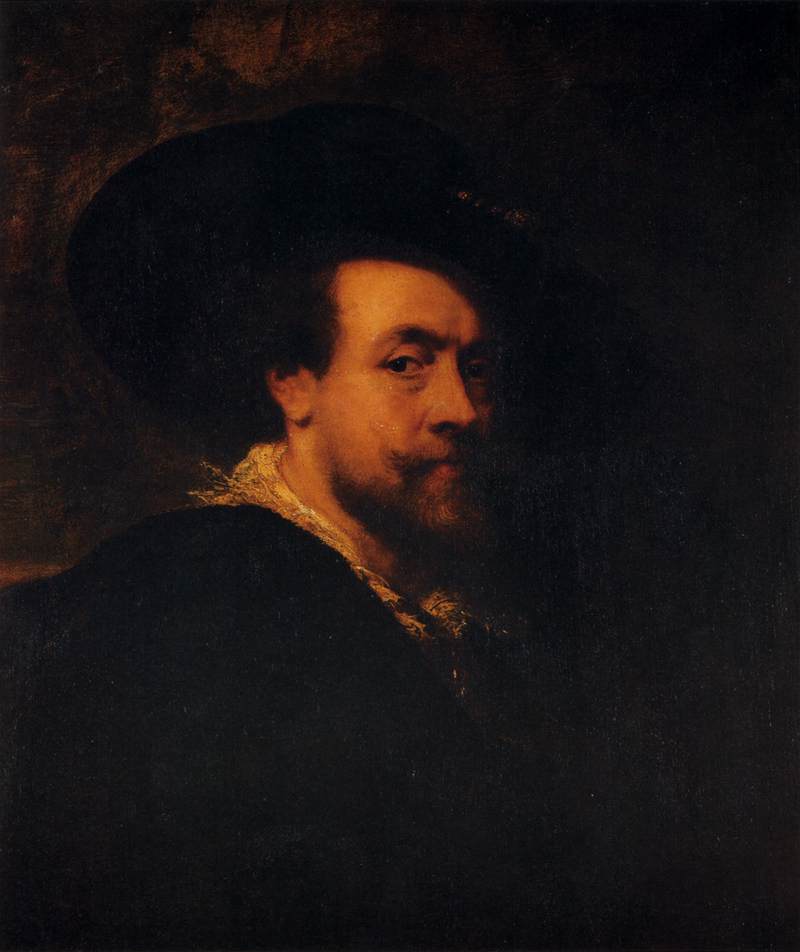Description
Self-Portrait with a Hat, painted by Flemish Baroque artist Peter Paul Rubens in the 17th century, is a masterpiece notable for its artistic style, composition, and use of color. The painting shows the artist in a self-portrait, wearing a black velvet cap and cape, holding a glove in his left hand.
Rubens' artistic style is characterized by exuberance and sensuality, and this is reflected in painting. The artist's figure is corpulent and robust, with an intense gaze and a self-assured expression. The composition of the painting is interesting, as Rubens depicts himself at a slightly tilted angle, giving it a dynamic and energetic look.
The use of color in Self-Portrait with a Hat is impressive. The black velvet cap and cape contrast with the fair skin and warm tones of Rubens' face and hands. In addition, the artist uses a loose and vibrant brushwork technique that brings the painting to life and makes it appear almost three-dimensional.
The story behind the painting is also interesting. Rubens is believed to have painted this self-portrait when he was around 53 years old, and is known to have given it to a friend of his, the painter and engraver Cornelis de Vos. After Rubens' death, the painting passed through various hands and collections before being acquired by the Museo del Prado in Madrid, where it is currently located.
Regarding little-known aspects, it is said that Rubens was a great fan of hunting, and that the presence of the glove in the painting could be a reference to this hobby. Furthermore, some scholars have suggested that the cap Rubens wears could be a reference to his Jewish ancestry, since at the time the artist lived, Jews were required to wear special caps as a sign of their religious identity.
In short, Self-Portrait with a Hat is an impressive work of art that stands out for its artistic style, composition, use of color, and the story behind it. A painting that continues to fascinate art lovers and is a perfect example of Rubens' mastery as an artist.

